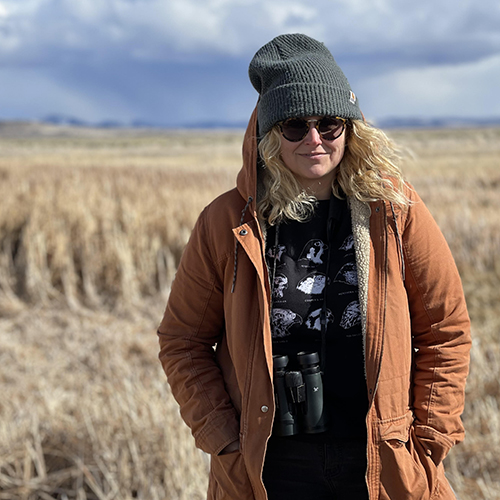How To: Photograph Birds in the Desert
Author: Tara Lemezis | Published Date: May 3, 2021 | Category: How-To The variety of bird species in the desert is truly unparalleled and, depending on the time of […]
Read MoreTara Lemezis Website
What do they eat? Where do they hangout? Do they prefer open habitat, rimrock, wetlands, juniper and sage, or tall, sleepy oak? Are they more active at dawn or dusk, what perches do they sing from and when? When you understand behavior, you’re more likely to capture something unique. Taking the time to connect and respect wildlife often rewards you with a glimpse into their lives and they stick around long enough for you to make a pretty photograph.
Be a silent observer and remember that you are a guest in this space. When you’re quiet and unobtrusive, birds are generally curious enough to get a bit closer to you as they carry on about their business. Be patient and wait for the moment they move into great light or onto a natural perch. And always remember your ethics by giving wildlife space, especially during breeding and nesting season.
Include the landscape in your photos and stray from the “bird in a box” look. Plants, rocks, and the big sky make your image more interesting. And this is a photography 101 tip, but good lighting evokes mood. The high desert has many moods all day long; shoot in all of them, with a special focus on sunset in summer.

Tara Lemezis (she/her) is a wildlife photographer based in Portland. She’s been photographing birds (and mammals, wildflowers and amphibians and reptiles, and kicking up dust in Oregon’s high desert since 2013. She’s drawn to this ecoregion for many reasons: the geologic wonder that is Steens Mountain, the seemingly endless sagebrush steppe, the Alvord Desert playa, stargazing into the darkest night skies you’ve ever seen, solitude, and the swaths of protected and public land along the Pacific Flyway, where over 320 bird species spend some part of their life cycle.
See Tara's InstagramCalling all photographers! Use your creativity and talent to support conservation. Submit your best shots of Oregon’s high desert for a chance to have your photos featured in our iconic […]
Read MoreAuthor: Lace Thornberg | Published: March 9, 2018 | Updated: May 5, 2022 | Categories: How-to Five landscape photographers share their advice: knowledge, persistence, patience The arid landscape that covers […]
Read MoreAuthor: Tara Lemezis | Published Date: May 3, 2021 | Category: How-To The variety of bird species in the desert is truly unparalleled and, depending on the time of […]
Read More